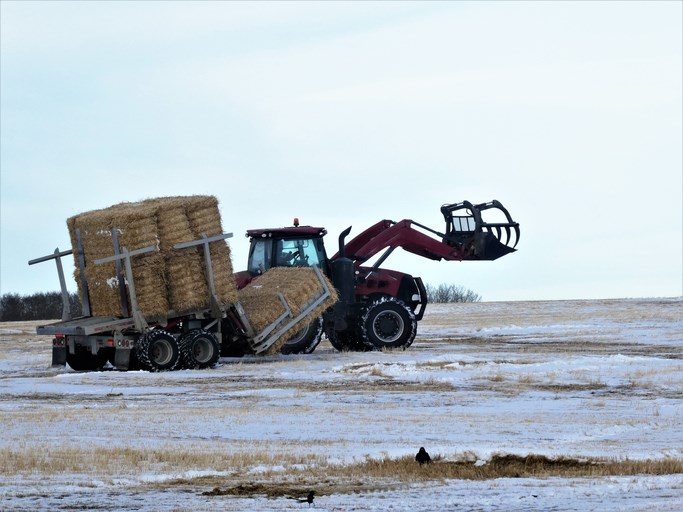COP26’s goals to examine global emissions and provide some agreed solutions are laudable.
But the voices at the table — and there were many — didn’t tell the true tales experienced in western Canadian agriculture. Maybe they couldn’t be heard over the din of anti-economics rhetoric.
Much of the COP26 discussion in terms of food production was aimed at ensuring there is enough food, and that methane is reduced in the course of its production. The United States and European Union took the global methane pledge to reach a 2030 goal of a 30 percent reduction and did so by swearing off some critter-rearing without being too specific.
The Americans plan to reduce methane emissions largely by targeting leaks from oil and gas facilities such as pipelines and offshore platforms. Oil and gas facilities are easily spotted and straight forward to fix, but cuts to livestock methane production are more complex.
The U.S. hasn’t said it will regulate cattle feeding in the American Midwest and West, where production is based mostly on irrigated silage and corn. That is likely unpalatable for rural voters or the packing industry, but if all parties were honest about their production of greenhouse gases in agriculture, that would be a good place to start.
The Canadian Roundtable for Sustainable Beef has a plan to cut the greenhouse gas footprint of beef production by 33 percent while also protecting 35 million acres of native grassland and reducing food waste by 50 percent by 2030. Researchers estimate that the Canadian beef industry produces each pound of beef at about half of the global average of greenhouse gases per pound of beef production. So, not all beef or crops are created equal.
Western Canada doesn’t have cheap land, clear-cut and burned from virgin forests, like some other regions.
With their rain-fed, largely unsubsidized system, Canadian farmers are small potatoes when it comes to total agricultural output. Being small also means that boutique production is easy to ignore when the environmental tar is being splashed around at big events such as COP26 or at United Nations food meetings.
Canada can’t use the same measures as Americans or Europeans when weighing greenhouse gas emissions from livestock or crop production. It is already well ahead in its efforts.
We must choose our words carefully when we describe our version of the industry.
Canada did so at COP26 when it came to oil and gas emissions, where it vowed to cap emissions, not production.
Less was said by Canada about its agricultural role, but our history of efficient production in livestock and crops should be a story we take to the carbon bank.
That is largely because farmers are already doing nearly everything they can to maximize returns and remain financially viable. Waste isn’t an option. And with new tools and better methods of measuring what has already been achieved, the story will only get better.
Other countries are looking to put up green-trade penalties along their borders. Canadian agricultural exporters should expect a new wave of non-tariff trade barriers unless they can effectively defend and prove that farming practices here are truly more sustainable and planet friendly that those of our competitors.
The industry is telling the tale, but government needs to reinforce it at every opportunity. It should use Canada as one of the best examples of emissions handling.
From most accounts out of COP26, agriculture wasn’t one of the success stories. It should have been.
Karen Briere, Bruce Dyck, Barb Glen and Mike Raine collaborate in the writing of Western Producer editorials.




